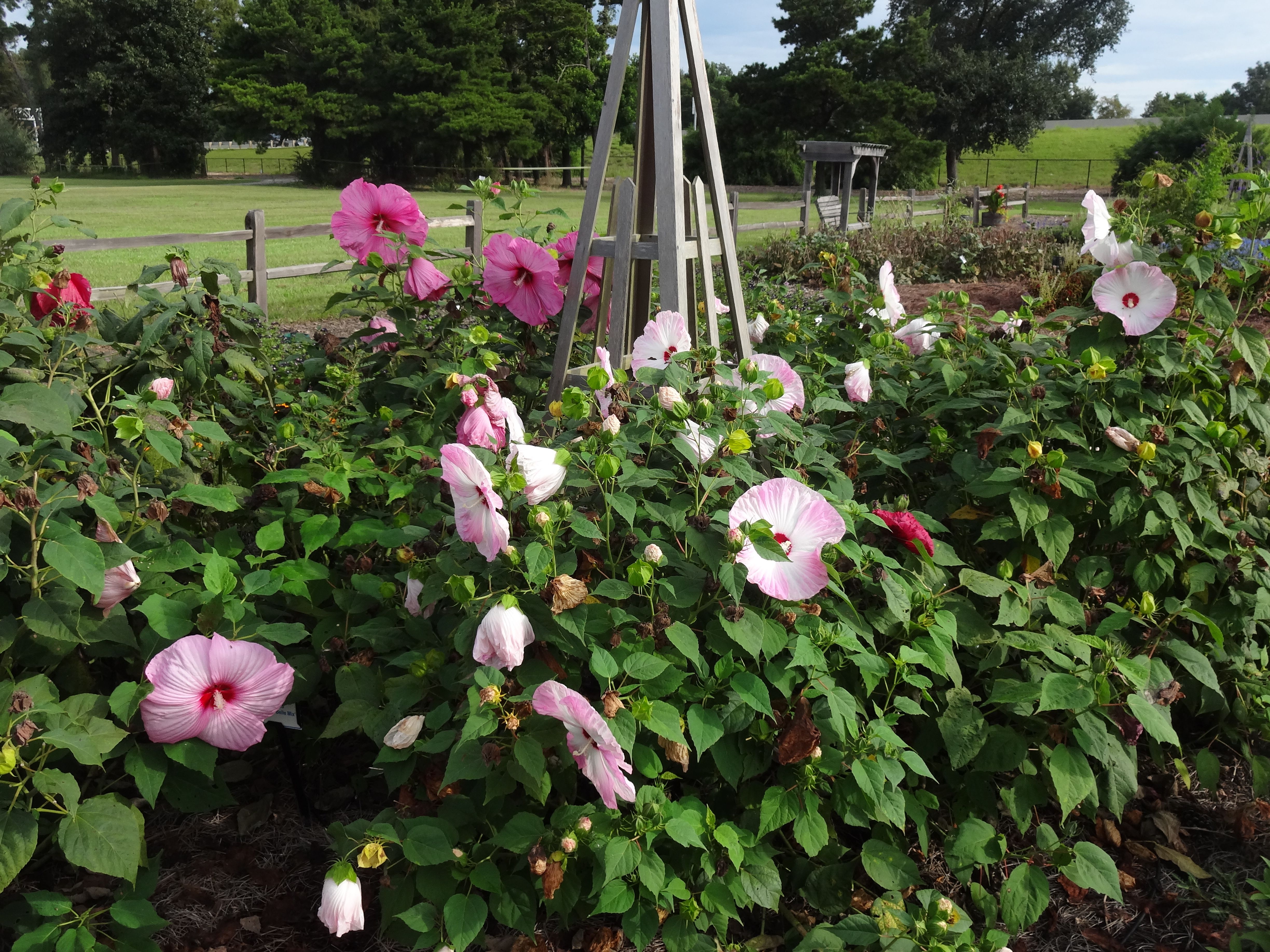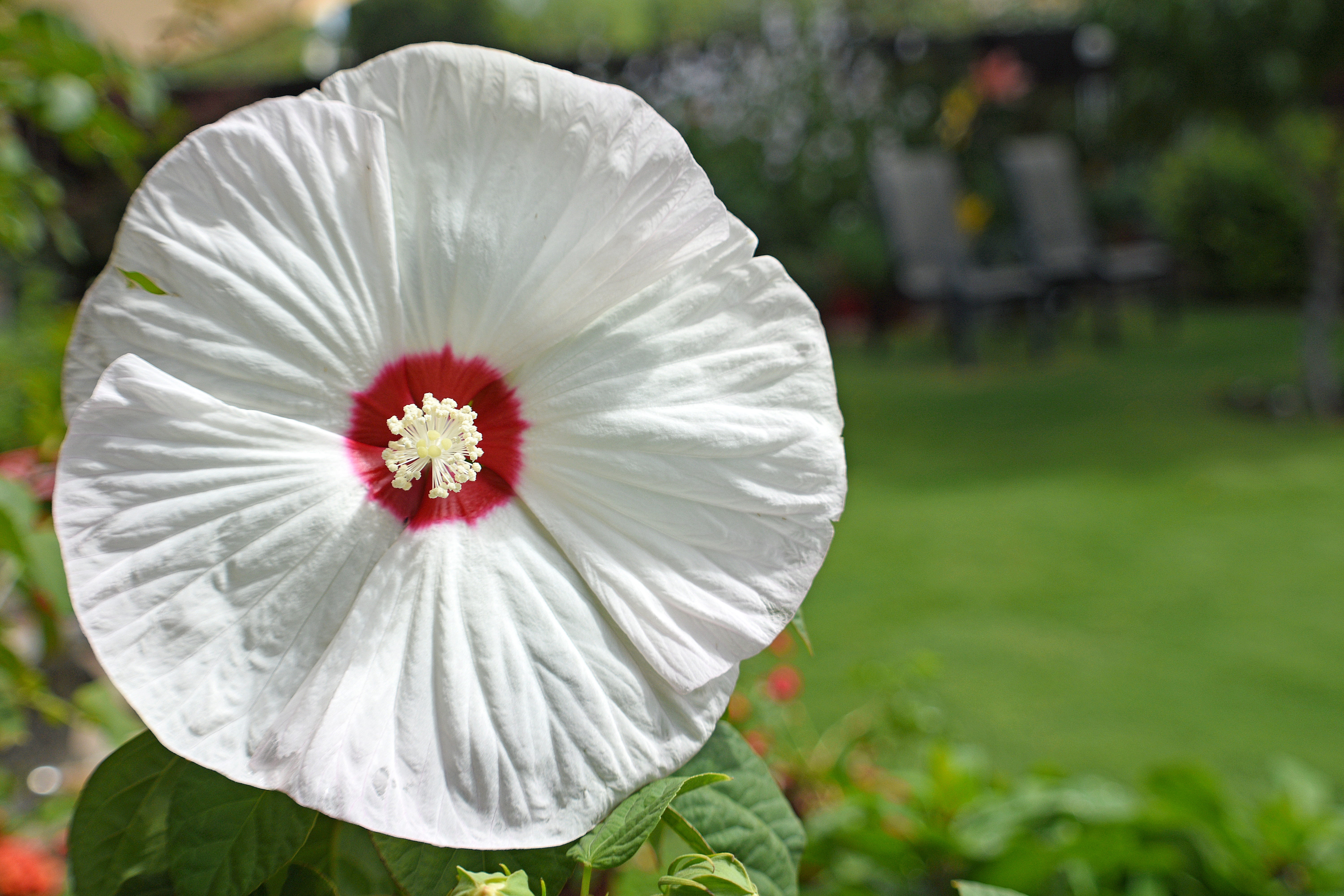Grow wild: Native plants are easy to nurture
Towering ancient oaks, sweet-scented magnolias and eerily beautiful bald cypress—these familiar south Louisiana native trees are monuments of a regional identity.
But the list of plants that are native to this area goes beyond its iconic trees to include a treasury of lush specimens that can be easily incorporated into a home garden.
“Using native plants gives our landscapes a sense of place,” says Dan Gill, LSU AgCenter associate professor of consumer horticulture. “If we use plants endemic to the Gulf Coast area, then our gardens will look very different from gardens on the East Coast.”
Gill hopes to spread awareness of the many benefits of using native plants over imported ones. “For the typical person who goes out on a weekend to buy some plants for their yard, native plants don’t even enter their thought process,” he says. “They’re just looking for nice plants.” As a result of this ignorance, many of the plants we have come to consider Southern staples, such as most azaleas, actually are native to Asian countries.
The main thing that makes native plants so desirable, says Gill, is their adaptability to our climate. Like south Louisiana’s oldest rooted families, these plants have been around for centuries, and their success here reflects their ability to thrive in our temperate climate.
These plants have also evolved to combat many native insects and diseases without the use of insecticides. “Now, they’re not necessarily immune,” emphasizes Gill. “But when they do get an infection with leaf spots or anything of the sort, you can just leave them be and they generally will come out of it just fine.”
Another special characteristic of the Gulf region’s natives is their relationship to wildlife. “Feeding wildlife has really entered the consciousness of gardeners over the last few decades,” says Gill. “If you think about native birds, insects and wildlife, they have thousands of years’ experience feeding on these native plants. These are the plants that most closely match their dietary needs and that they can best recognize.”
So how does one go about bringing native plants into a home landscape? Gill says that it is as simple as choosing a native version of something else that might be more obvious. An example he gives is choosing between one of the many native wisteria plants over the popular Chinese wisteria.
“The way to integrate native plants is to first find an area where you need to do some planting,” he says. “Identify what those plants need to do, whether it is to fill a bed, provide some color, or screen or shade your house. Then look at the plants available that will do that for you. If among those plants are natives, then choose the natives over the nonnatives.”
NATIVE NAMEDROPPING
Here are a few Louisiana native plants that may be available at retail nurseries:
Trees
• Redbud, Cercis canadensis
• Silver Bell, Halesia diptera (1)
• Yaupon Holly, Ilex vomitoria
• Sweet Bay Magnolia, Magnolia virginiana
• Cherry Laurel, Prunus caroliniana
• Devil’s Walking Stick, Aralia spinosa
Shrubs
• Native Honeysuckle Azalea, Rhododendron canescens
• Native Flame Azalea, Rhododendron austrinum
• Oakleaf Hydrangea, Hydrangea quercifolia (2)
• Buttonbush, Cephalanthus occidentalis (3)
• Southern Arrowwood (Viburnum dentatum)
• American Beautyberry, Callicarpa americana (4)
Vines
• Coral Honeysuckle, Lonicera sempervirens
• Cross Vine, Bignonia capreolata; (cultivar Bignonia capreolata ‘Tangerine Beauty’) (5)
• Yellow Jessamine, Gelsemium sempervirens
Hardy Perennials
• Louisiana Phlox, Phlox divaricata
• Indian Pink, Spigelia marilandica (6)
• Hardy Hibiscus, Mallow, Hibiscus moscheutos
• Cardinal Flower, Lobelia cardinalis
• Mexican Primrose, Oenothera speciosa
• Mist Flower, Conoclinium coelestinum
Find more gardening tips at lsuagcenter.com.













